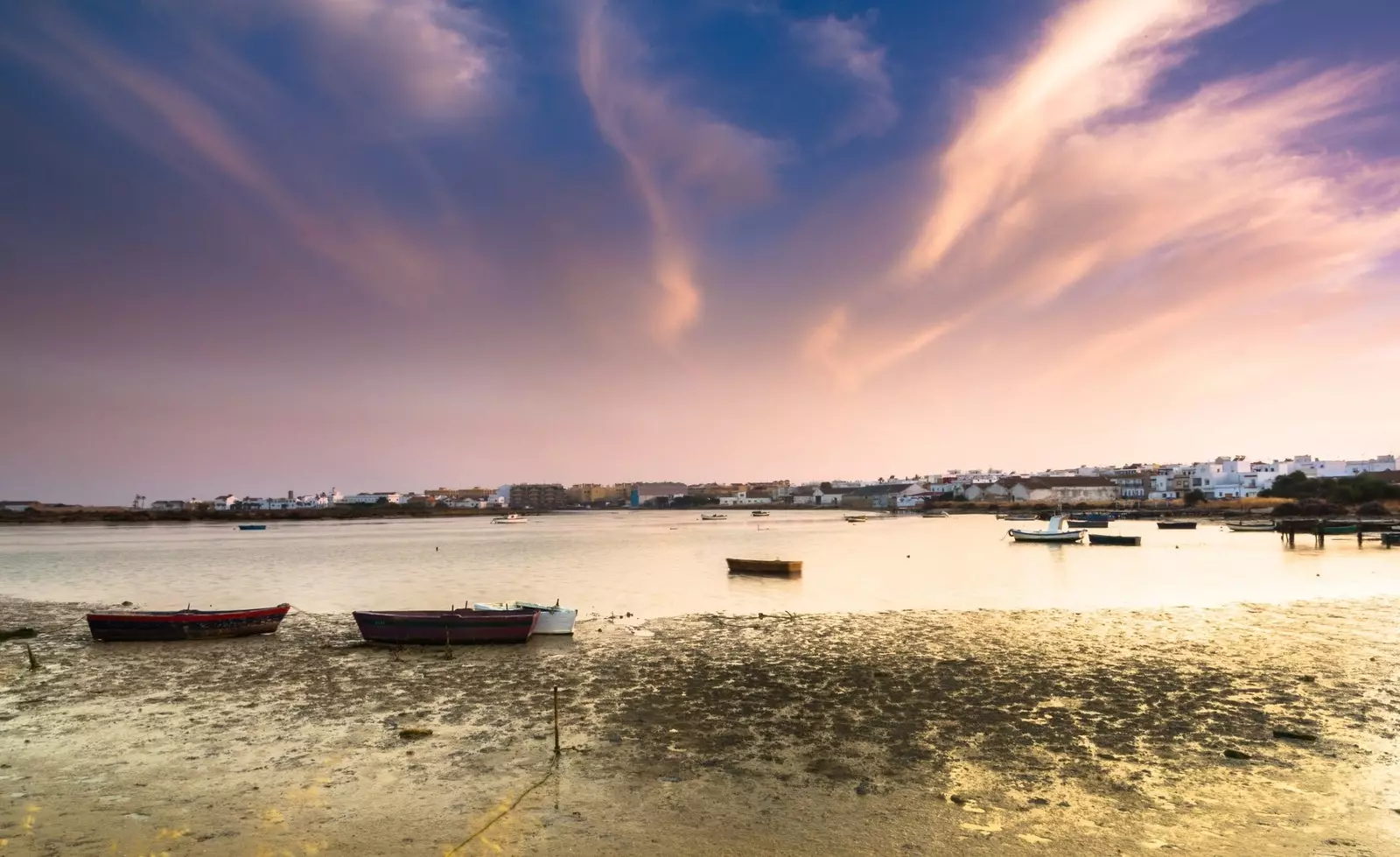
Boats in front of the town of Barbate, in Cádiz.
Morrillo and tuna belly, parpatana and heart, loin, galete, cheek, facera or tarantela... The list of words with which the the many –and delicious– cuts of almadraba bluefin tuna is almost as infinite as our desire to taste them all –yes, all–: a pleasure rooted in a visit to this Cadiz town that exudes character. Barbate exudes charisma.
We are on the coast of Cadiz and we have arrived here willing to plunge into the waters of Barbate, a land that sounds and tastes like tuna, but that hides a universe beyond that cover letter that, eye, has made his name resonates even across our borders.
And yes, we are going to eat on this trip –man, please–, but We cannot forget to pack a towel and sun cream, good trekking boots, a camera and a large dose of energy. The plans in this little southern corner give of themselves, and we want to make them –yes, also– all of them.
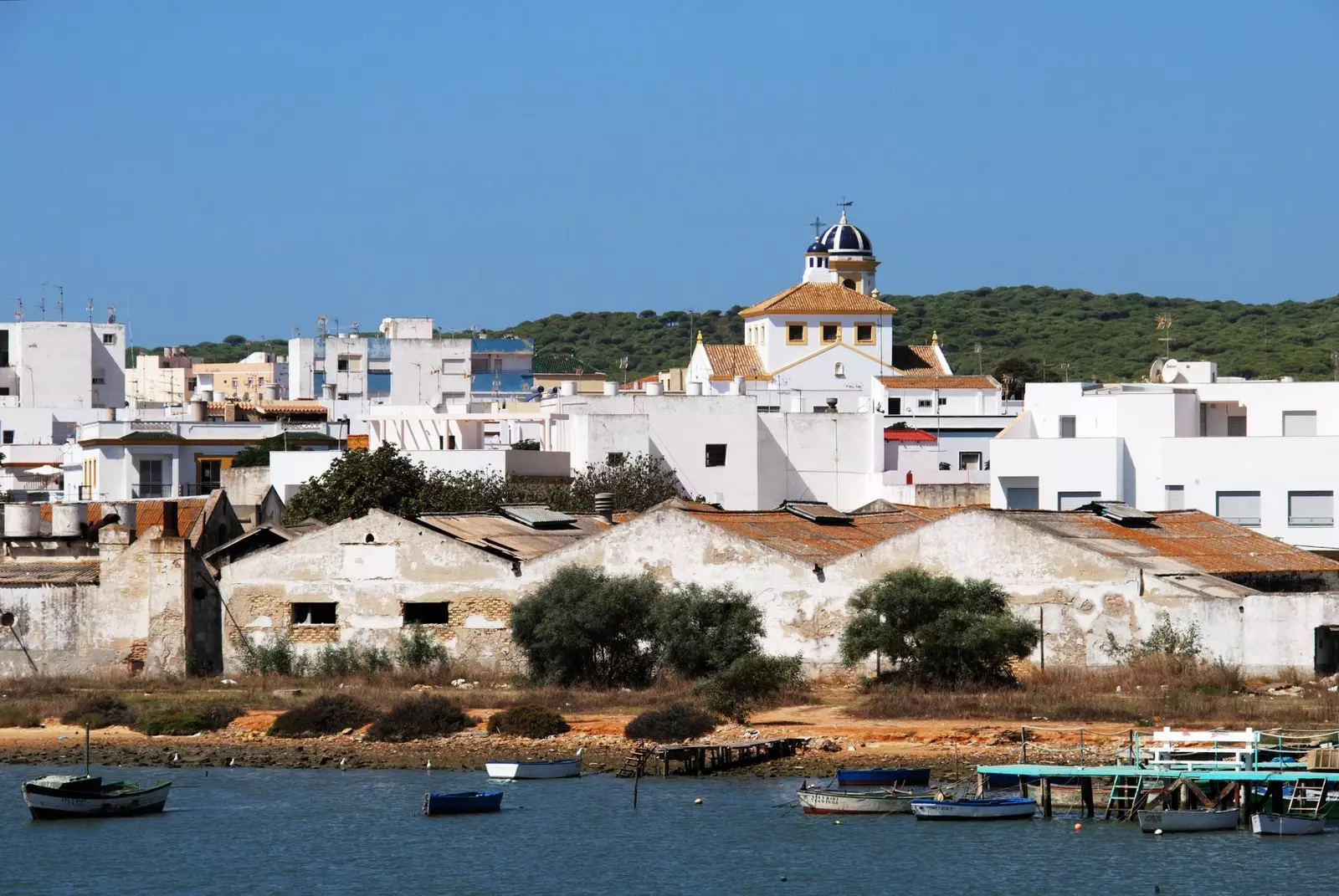
View of the city across the Barbate River, in Cádiz.
A STORY TO TELL
We are not going to deny the obvious and, if Barbate is one of the villages par excellence of almadraba tuna, it is because its history is closely linked to that of this ancient fishing technique. Along with Tarifa, Zahara de los Atunes and Conil, it is one of the four towns in Cadiz that continues to fish for tuna as the Phoenicians did three thousand years ago. An art that Barbateans handle perfectly.
Pursuing everything that sounds like the sea in this land, we take a walk through the streets of the town. Here you live and feel that atmosphere of eternal summer that only the coastal towns squander. The thing about all roads leading to Rome, in Barbate, has its own adaptation: here, they lead to the sea.
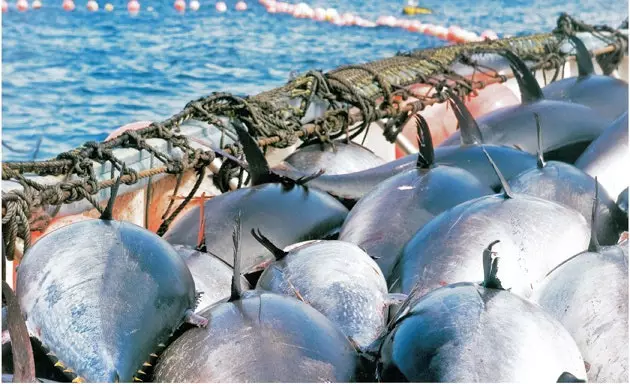
Tuna fishing in the almadraba.
We walked through the little streets of the historic center to see how the Andalusian scheme of whitewashed facades, cobbled floors and flower pots that we like so much.
In the Mercado de Abastos, decorated on its ceilings by murals related to the marine world –with what, if not– made by the local artist Hoko, we take a look at the rich genre that is dispatched in their stalls. The shopkeepers announce the prices loudly and invite us to take a little of everything home: what if choco eggs, what if mako, snapper, horse mackerel or sardines. yes, here bluefin tuna, the one that shines brightly among crayfish and coquinas, It is the great protagonist in season.
The bars around the market tempt us to stop to take the first cap of the trip, and of course, we sin. The Camarón bar turns out to be a good place and as soon as we take a bite its famous shrimp omelette, We know that we have not been wrong. First thing in the morning, yes. The churros with chocolate from Café Plaza fit better: it will be that the bikini operation will have to wait.
We take the opportunity to load up on supplies, and we do it in the store next to the market Gadira, a Barbatean company dedicated to the sale and distribution of the best wild bluefin tuna product from almadraba: we go crazy choosing between preserves and salted fish. To learn a little more about the world of tuna, and even witness how the very ronqueo is performed -cutting of this immense fish-, we can approach Gadira's ship in the nearby Polígono del Olivar, which will never hurt.
The rhythm does not stop and we pass through the door of the town hall before continuing to the mouth of the river Barbate, where the Lonja Antigua is located. Both buildings were the work of the architect Castro Fernández Chaw. This place, where one day boats full of fresh fish arrived and where they were traded, it fell into disuse when the port moved to the lagoon area , our next stop.
There we meet the most seafaring picture of Barbate: the fish market bustles with activity every time the fishing boats return after fishing, and it is right there where the genre is auctioned while above our heads, the seagulls prowl in search of something to take with them. a little further other little boats, smaller and colored, They rest on the Atlantic waters waiting to come out again.
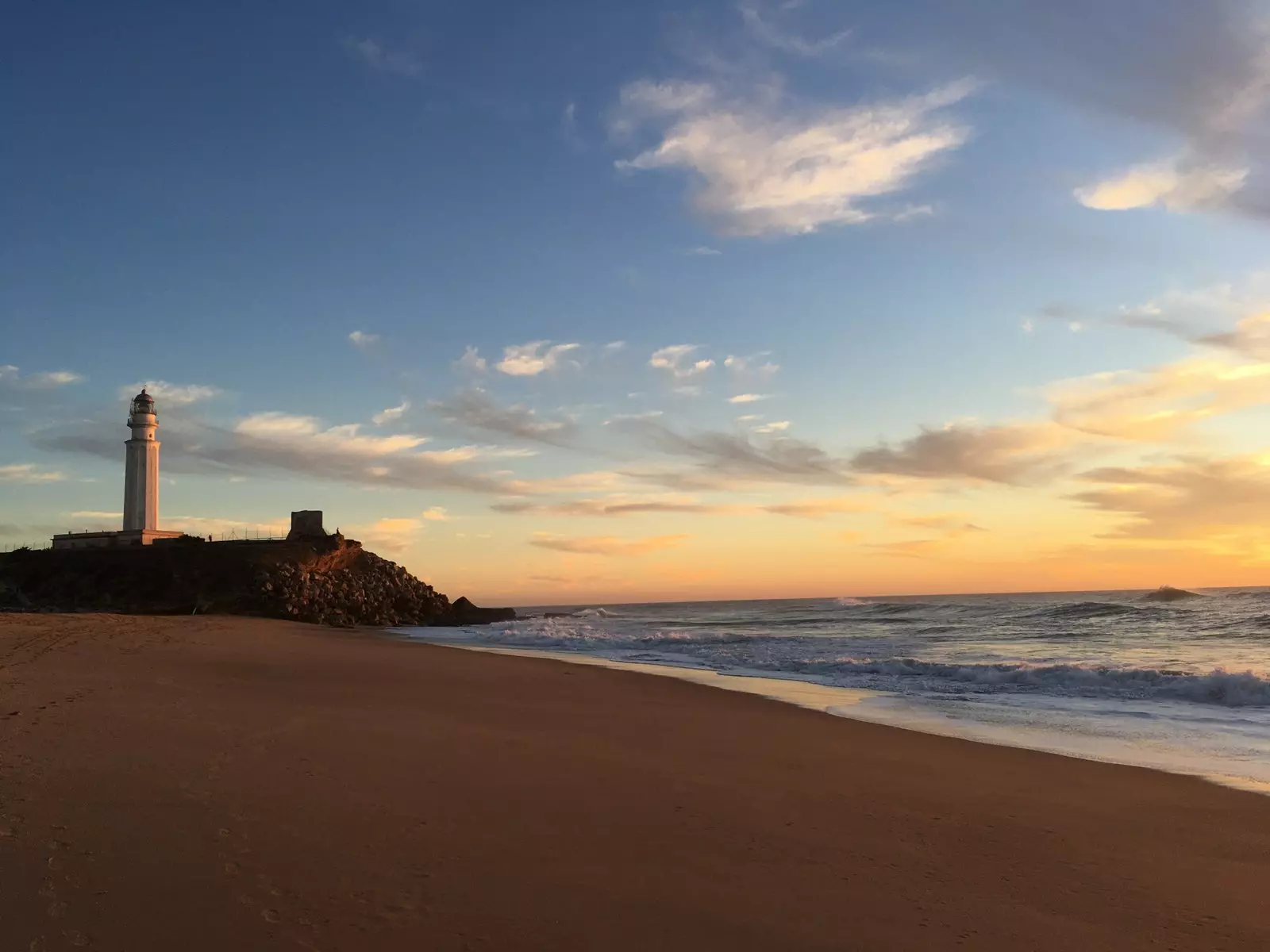
Trafalgar Lighthouse Beach, in Barbate (Cádiz).
NOW YES: LET'S GET COMFORTABLE
It is better for us if what we want is to explore the greenest and most beautiful side of Barbate: It's time to walk and the Breña y Marismas del Barbate Natural Park awaits us. And what treasures does it hide? Well, to begin with, a diversity of landscape that encompasses everything from the cliffs of the Tajo de Barbate and its 100-meter drop into the sea –the views from up there are breathtaking– to its marshes, chosen by numerous birds to nest and make a stop in their migrations. Also the pine forest, considered the largest in Andalusia, that with its dense population helps to control the dune system of the area.
And it is precisely there where some of the surprises of the town are hidden. Jewels that sometimes go unnoticed by those lovers of the sea who find it hard to get away from the coast. This message is for them: do not underestimate the interior Barbate, pay attention to us.
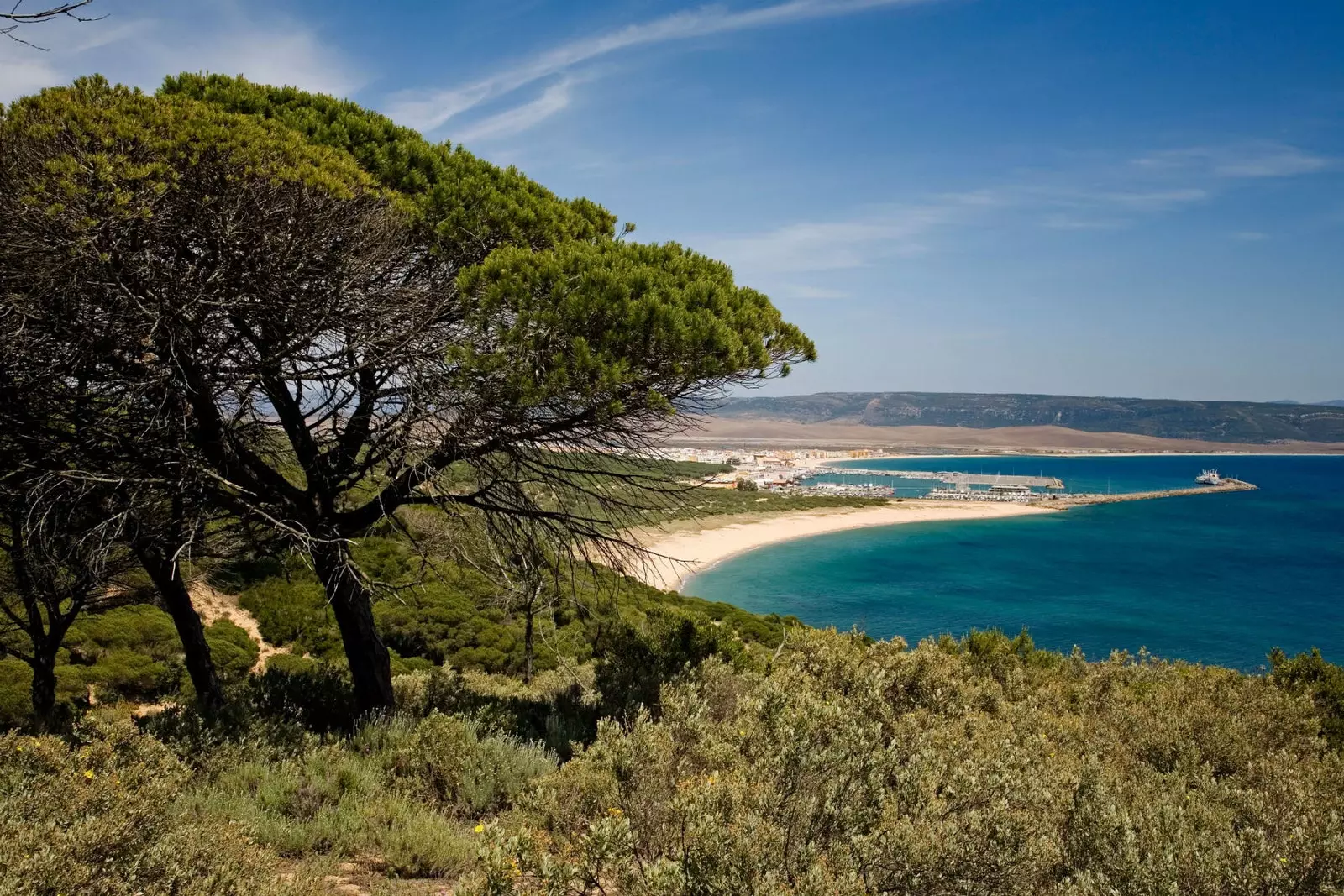
La Breña and Marismas de Barbate Natural Park.
That said, we set off on an entertaining hiking route that takes us on a walk among the native fauna and flora. until reaching what remains of the beautiful Visigoth hermitage of San Ambrosio, built in the 7th century. Although hardly the structure of the nave and the four pointed transverse arches remain of it –no trace of the roof–, it has the honor of being **one of the few paleo-Christian basilicas in the south of the peninsula. **
Something beyond, another gift: the ruins of the unique dovecote of La Breña, which today is part of a private estate where a small rural hotel has been established. in his day came to have up to 7,700 burners in which pigeons lived, sometimes carried on ships sailing to the Americas. We walk through the remains of this most peculiar scenario without being able to put aside our amazement: It was, in its day, one of the three largest pigeon lofts in Europe.
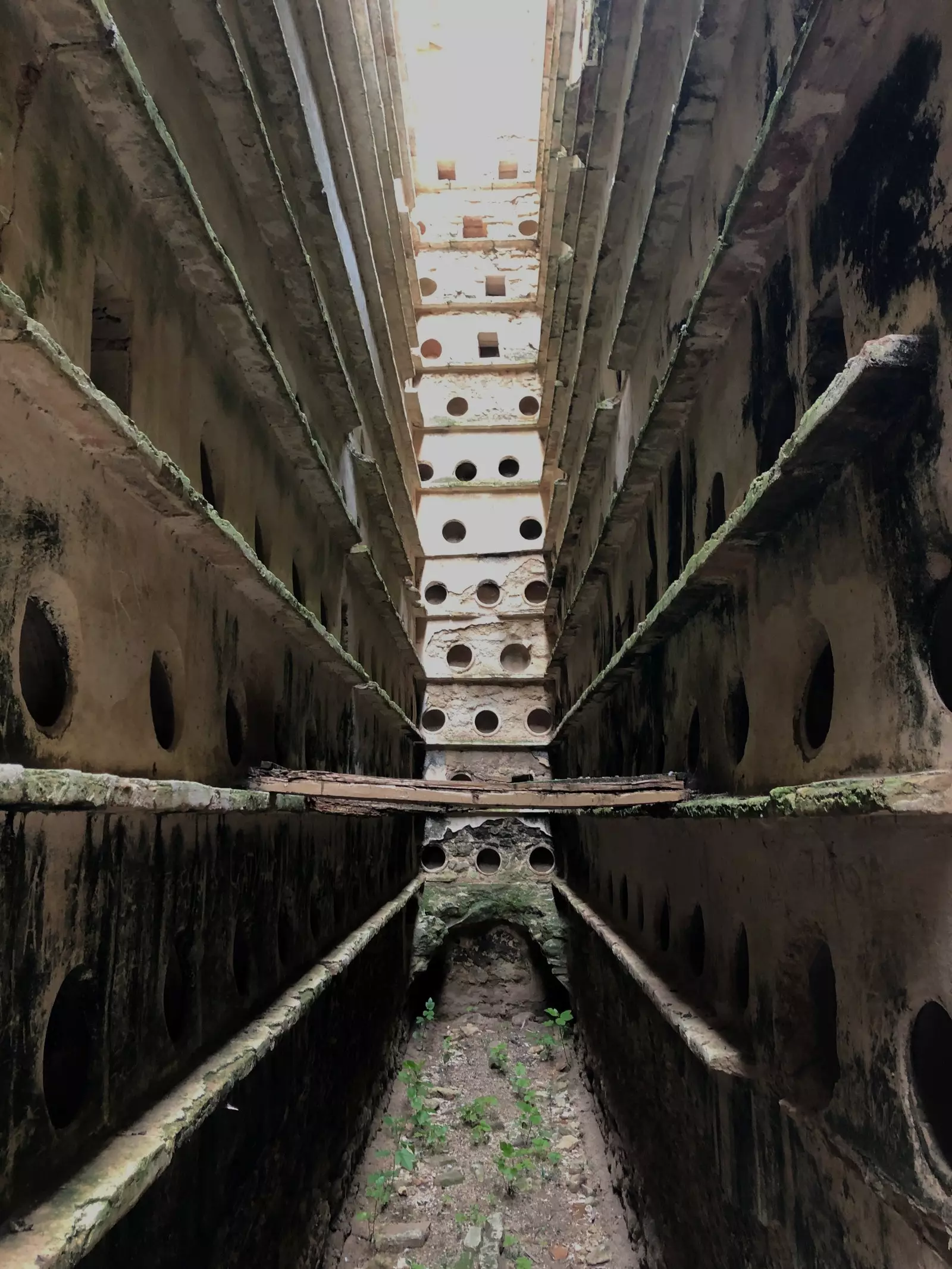
Palomar de la Breña, in Barbate.
OF DIPS AND LIGHTHOUSES GOES THE THING
Because it was time to step on the beach and because, if there is something that Barbate has left over, it is idyllic settings on the coast – 25 kilometers, to be exact. The time has come to play lying down on the sand to watch life go by and, immediately afterwards, jump headfirst into its cool waters. Y how about starting with the most urban beaches, such as Carmen, where there is also a wide range of restaurants and bars where you can satisfy your appetite?
But we are left with others that are more virgin, more pure. For example, Zahora. This is the scenario chosen by the almighty kitesurfers who launch themselves to dominate the waves when the Levante tightens. The mojito at Sajorami Beach at sunset never fails, neither do the views of Cape Trafalgar in the distance -if we remain silent, the cannon shots of that mythical battle in which the English navy, with Admiral Nelson at its head, defeated the allied troops of Spain and France. And it is that Barbate is history, it is nature… and it is fun.
Following the coast in the direction of Barbate is Caños de Meca, the mecca of the Cadiz hippy movement today turned into another place to be of the southern summer: how can you not fall asleep to the splendor of its natural pipes sprouting from the earth? But there is more: where the coastline rubs against Zahara de los Atunes, there are Pajares and Cañillo beaches. And in the middle, the the Peppermint, which hides a path that reaches another tower, that of the Tagus , built in the 16th century.
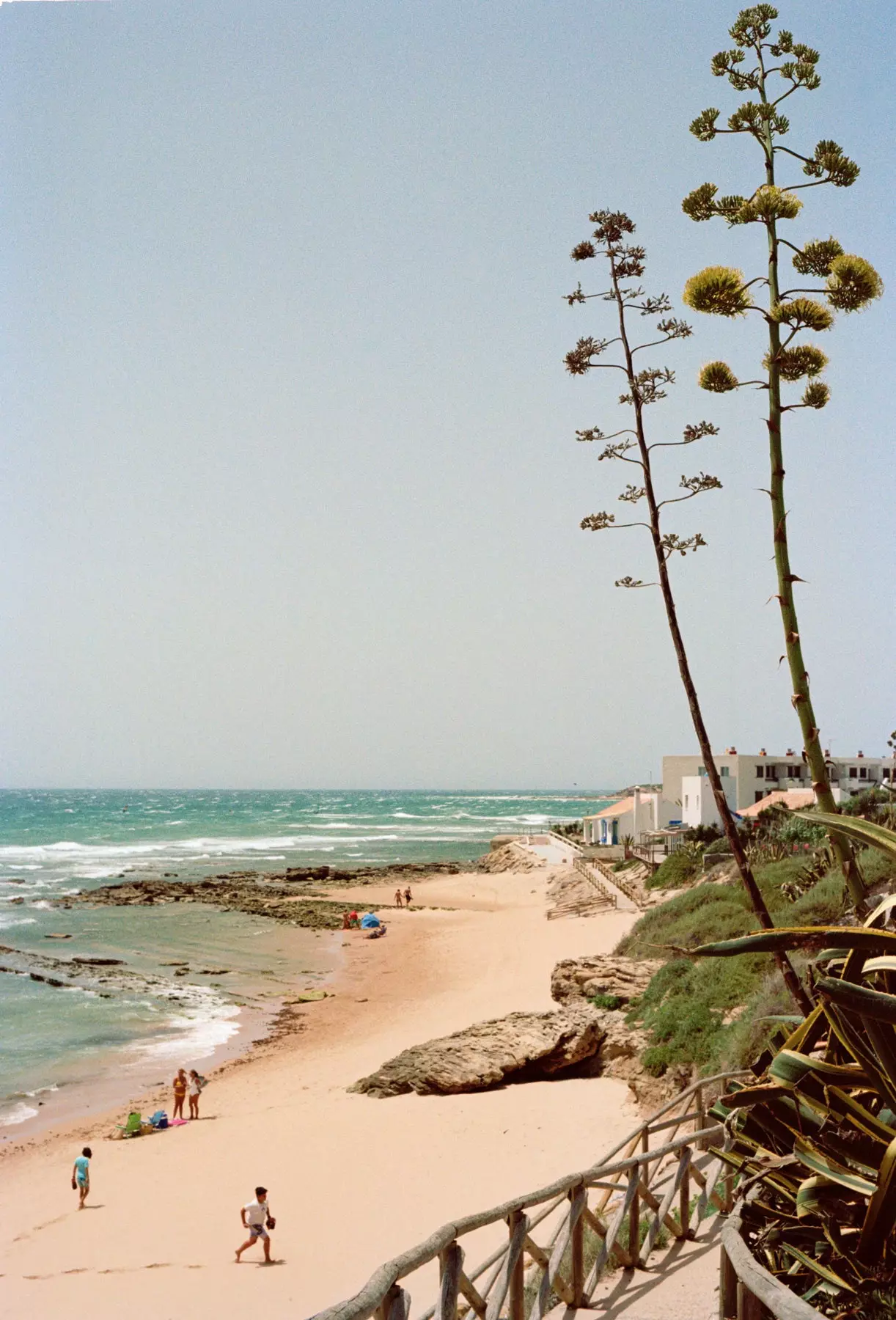
Canos de Meca beach.
GASTRONOMIC HERITAGE: ALMADRABA TUNA
Intense red and juicy in appearance, so bright that you can almost taste the sea just by looking at it. Almadraba bluefin tuna is the red gold of the Atlantic, and hiding in the gastronomic paradise of this delicacy of gods, it is clear what our challenge is, right?
In case you are not sure, we will tell you: eat red tuna from almadraba until you say enough. So we land directly where they know more and better about the subject: El Campero, the tavern dedicated to the most exquisite tuna, It changes its menu every year and delights with its culinary works of art. Starting by traditional classics such as tuna with onions, and ending with more innovative proposals such as ajoblanco of pine nuts with diced tarantelo or the roasted parpatana with curry and coconut.
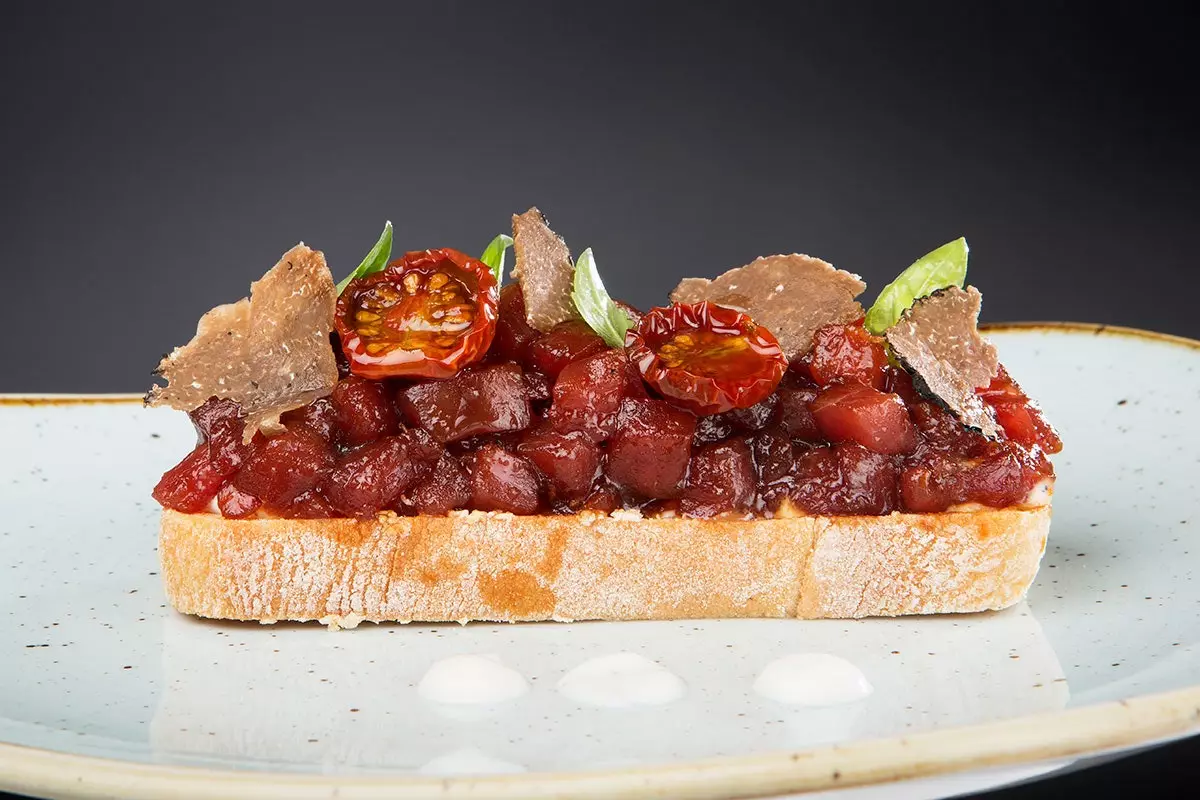
Tuna and truffle toast in El Campero de Barbate.
But the Barbatean gastro offer has experienced a revolution in recent years, and the bars and restaurants of a lifetime have joined projects such as that of chef Álvaro Rivera, who at Yoko has been able to fuse the flavors of the Mediterranean with those of Japan to perfection: after years under the command of names like Ricardo Sanz and Albert Adrià, he returned to his land to display all his knowledge before the stoves of his own business . In it you must not stop trying, for anything in the world, his original niguiris, such as that of squid with sea urchin and mackerel in vinegar. That awful.
And the rhythm doesn't stop, that's why we're in Barbate: for a big snack, Barrunto, next to the promenade, is Juan Viu's most roguish proposal, who is also transforming his former restaurant, Viu Espacio Gastronómico, in a high-level kitchen project. And just two minutes away: the sea again. That eternal Atlantic that gives us the best landscape from which to say goodbye until next time.
Because we already told you that Not only does Barbate live on tuna. Although hey, we recognize it: without him it would not be the same.
